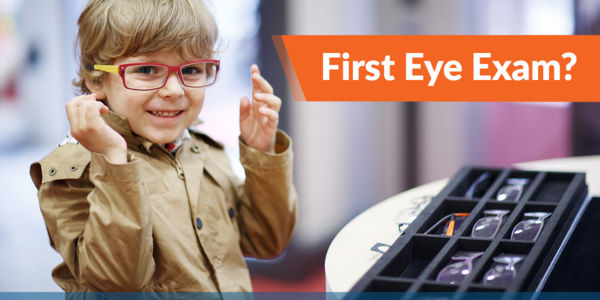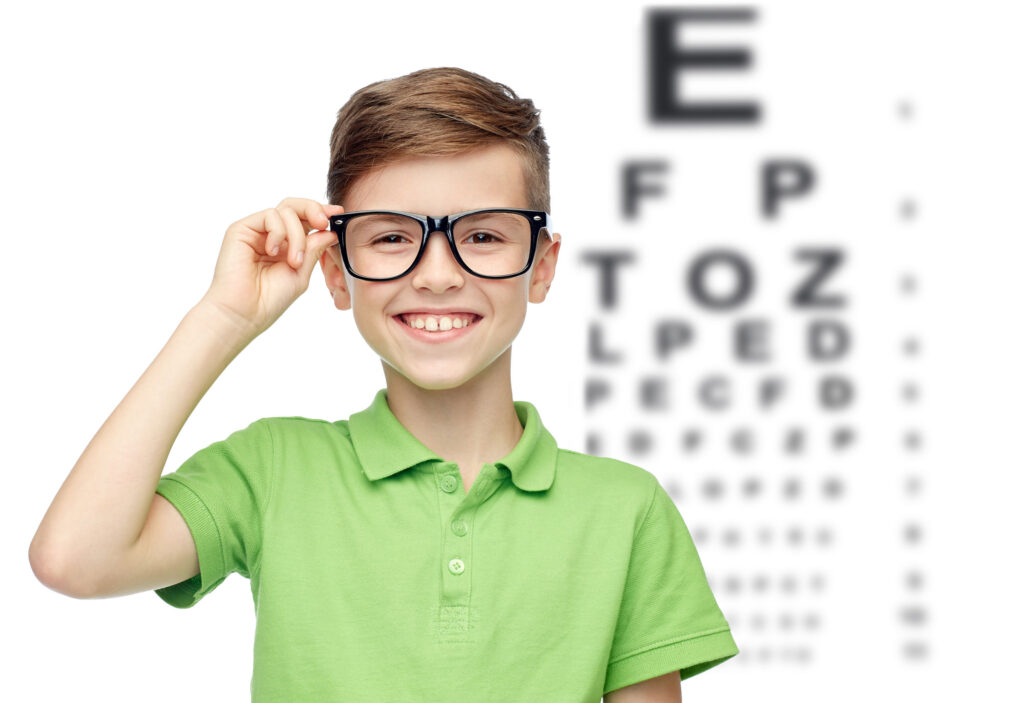Catching and correcting vision problems in early childhood is an important part of your child’s development.
Researchers believe that up to 10% of preschoolers and up to 25% of school-age children have vision disorders.
Unfortunately, parents and caregivers simply may not notice the signs and symptoms of a child struggling with vision issues, as they are often very subtle. The more obvious signs include squinting, tilting of the head, sitting close to the TV, and holding a book very close. Of course, these things can also be due to tiredness, so what’s a parent to do?
THE AMERICAN OPTOMETRIC ASSOCIATION RECOMMENDATIONS
In their most recent guidelines, the American Optometric Association (AOA) recommends children ages six to 18 years of age get a comprehensive eye exam every year. While comprehensive eye exams were previously recommended every two years, new research suggests catching eye and vision disorders early on can have a significant, positive impact on a child’s development.
A child suffering from poor vision can struggle in school and fall behind in their education. Additionally, it can affect their performance in sports and other activities, lowering their confidence and quality of life.
While schools are supposed to do a vision screening in JK, the AOA reminds parents that a vision screening at school or at a pediatrician’s office is a very basic screening that is unable to detect and diagnose a wide variety of conditions.
A comprehensive exam (learn more here), however, can be used to detect and diagnose over 18 serious conditions because your optometrist asses your eyes and your visual system.
SHOULD CHILDREN GET TESTED BEFORE SCHOOL?
Wondering if you should take your baby or toddler in?
The AOA recommends babies receive their first eye exam at the age of six months, and at least one additional comprehensive eye exam between the ages of three and five.
Christopher Quinn, O.D., president of the AOA, confirms that “Undiagnosed and uncorrected eye and vision problems are a significant public health concern, which is why the AOA developed the evidence-based guideline for comprehensive pediatric eye and vision examinations. Children are entitled to the best care, and this guideline provides the compass for comprehensive and improved care for children based on the collective body of available evidence.”
Sources:
- https://www.aoa.org/newsroom/annual-eye-exams-for-children
- https://www.visionease.com/blog/2017/07/31/eye-exams-children/

[formlift id=”810″]

